Loretto and Gethsemani
EDITORS NOTE: In the spring of 1962, Merton wrote the following reflection for the Sisters of Loretto, who were celebrating the 150th anniversary of the founding of their congregation. While it highlights connections between Loretto and Gethsemani, its central message of the Cross is for all who struggle to keep awake under the moonlit olive trees.
WE ARE NOT only neighbors in a Kentucky valley that is still lonely, but we are equally children of exile and of revolution. Perhaps this is a good reason why we are both hidden in the same mystery of Our Ladys Sorrow and Solitude in the Lords Passion. We cannot understand our vocation except in the light of that solitude and that love, in which we are as inextricably one as the bones of the founders of two Gethsemanis in one grave: the first Lorettine nuns who dedicated the place to Mary and the first Breton Trappists who took it over from them. All who were buried in back of the Dant house, the log cabin that was the first Gethsemani in Kentucky, are now together under the nameless concrete cross behind the abbey church. Their anonymity, their community in death, is eloquent, but probably most of us have ceased to notice it, or have never even been aware of it in the first place.
Father Nerinckx was born in 1761 in Brabant, a region [of Belgium] which was perhaps more fertile . in Cistercian saints than any other. He fled to America from the revolutionary armies of France, and from the constitutional oath which he could not take. He was appointed to Kentucky, where Father Badin was the only priest. He started West in 1805 with the first Trappist colony, Dom Urban Guillets fugitives from Napoleonic France. But Father Nerinckx moved faster and reached Kentucky before them. He helped them get settled in Holy Cross and Casey Creek. He spent days and nights in their monastery when he was able. He wanted to become one of them. He had the same rigid, austere, uncompromising, and generally unsmiling spirit. Like them, he saw all things in black and white; it was simpler that way, though not always more revealing. He never managed to obtain permission to join the monks. If he had done so, he would presently have left Kentucky with them forever, and returned to France. Instead of that he built Saint Stephens and helped to establish a seminary there. On that same site the Loretto Motherhouse now stands.
Father Nerinckx founded one of the first completely American congregations of sisters. The nuns were Catholic pioneers who had come from Maryland to Nelson County and who started a school in an abandoned, broken-down log cabin in 1812. They refused to let sisters be called from Europe togive shape to the new institute. They knew how to grow and acquire the spirit willed by God, under the guidance of their director. The rugged simplicity of Loretto still has a healthy, early American quality about it. One does not sense there too many of the rigid and deadening formalities which many other congregations have brought from across the ocean.
It was five years after the Congregation of Loretto came into existence that the Dant family gave them a house on Pottingers Creek, which had long been a mission station. In 1818 the nuns started a school there and called it Gethsemani. They operated this school for thirty years, and then a Trappist monk from France, a Father Paulinus of the Abbey of Melleray, appeared in the country looking for land. It was once again a year of revolution, and the Trappists of Melleray, near Nantes, were threatened with expulsion. Father Paulinus agreed to buy this farm, and at the end of 1848 a colony of monks took it over from the sisters. They settled down to till the fields in silence. It is not recorded that they were very often aware of the existence of nearby Loretto. But I Suppose that from the earliest days there have occasionally been some Lorettines seen in the back of our church. (Pardon me, not seen. We like to believe that we never look.)
Quietly, efficiently, the Lorettines began to spread out over the country, westward and southward. Already before the end of the nineteenth century, they had raised many of the ponderous brickacademies fashionable at that time. The Trappists stayed in their valley. They were busy keeping body and soul together. They, too, had an academy. They even started a congregation of nuns of their own, which got away from them in a storm of juridical red tape and drifted to Indiana. And after that the boys school burned down and the Trappists went out of business as educators. Loretto continued to grow and to prosper. The Trappists continued to exist.
Finally, at the end of the Second World War, Gethsemani stirred to life. Two Cistercian foundations went south, two went west, and one went north. No one has yet explained why, suddenly, so many Americans. wanted to become Cistercians. Such things do not need to be explained. In any case, explanations are misleading. There are things about Gethsemani that cannot be put into any words whatever; still less can they be comprehensively published for the edification of multitudes.
There is something about Gethsemani that has nothing to communicate to multitudes, and I find it also at Loretto. It is a secret that reveals itself only partially even to those who live for a long time in our valley.
I suppose I will give scandal if I say it is a quiet mixture of wisdom and madness, a triumph of hope over despair. But we have both descended from ancestors who died accomplishing the impossible. Or rather, from people who accepted as perfectlynormal the incongruity and solitude which are the lot of the pioneer. Now we are safer than they, richer, more comfortable, better cared for, secure. But when I say there is madness in the old walls of our houses, I mean a wise madness that still, for all the public approval we have received from the world, persists in a half-ironic suspicion that all is not well with the world, and that we cannot be altogether part of it. This I know is the thing I must not say. We are, of course, engags . We are in the world of our time, no doubt about that. We are in it to save it. Yet we still have to save ourselves from it, for unless we have a foothold that is not of this world, we will go down with it, and drag no one to safety.
You are daughters, not of the American, but of the French Revolution. Hence daughters not on Park Avenue but in this hot valley, and at the foot of the Cross. I think we have to remember that if we pray for the people on Park Avenue, no less than for those on Skid Row, we are not praying for Park Avenue or for Skid Row as such. We are not satisfied with the status quo, no matter how plush it may be for very many. The point of our striving is not that the world should be rich, but that it should be Christian. And in a time like ours, at least in this country, there is always the satanic temptation to identify holiness with prosperity. It has become an old habit of our rich nation to turn the beatitudes inside out and to assume that we must indeed bemeek because we have inherited the land. Especially somebody elses land. In a word, we have reaped the harvest sown by the pioneers, and it is enormous. Yet we have assumed that because they were courageous they had, perhaps, all the other virtues together with fortitude; and that because we are the richest people in the world we are also the most righteous.

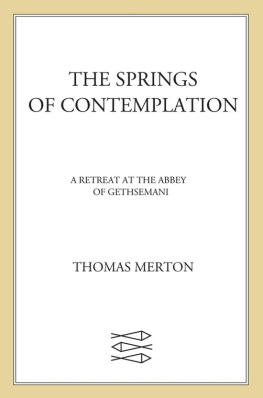
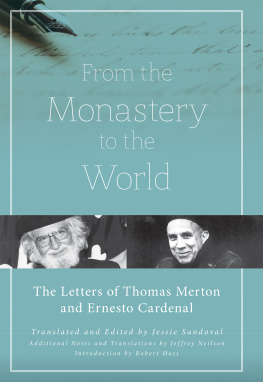

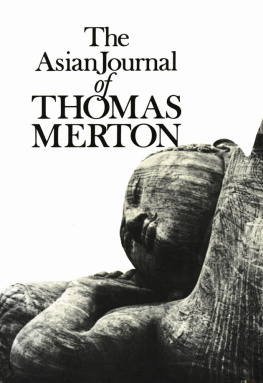

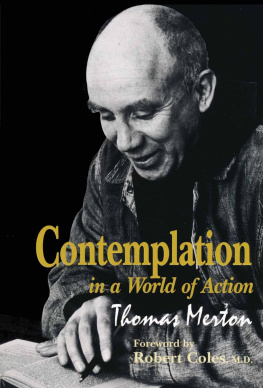


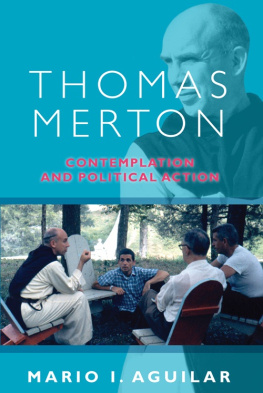

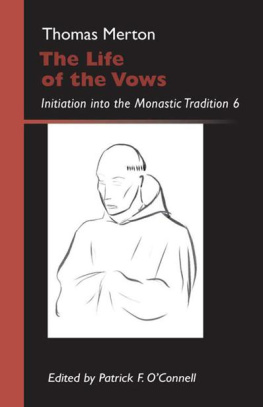

![Trappists - The other side of the mountain: the end of the journey ; [1967-1968]](/uploads/posts/book/253886/thumbs/trappists-the-other-side-of-the-mountain-the-end.jpg)



